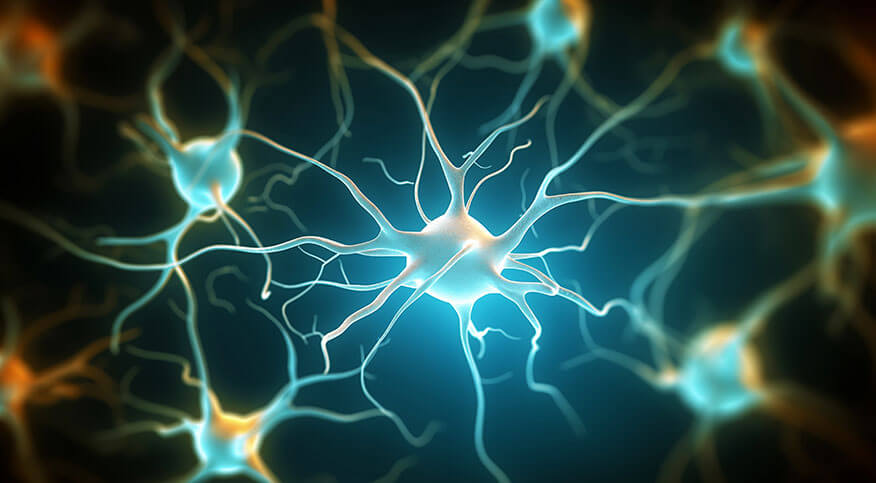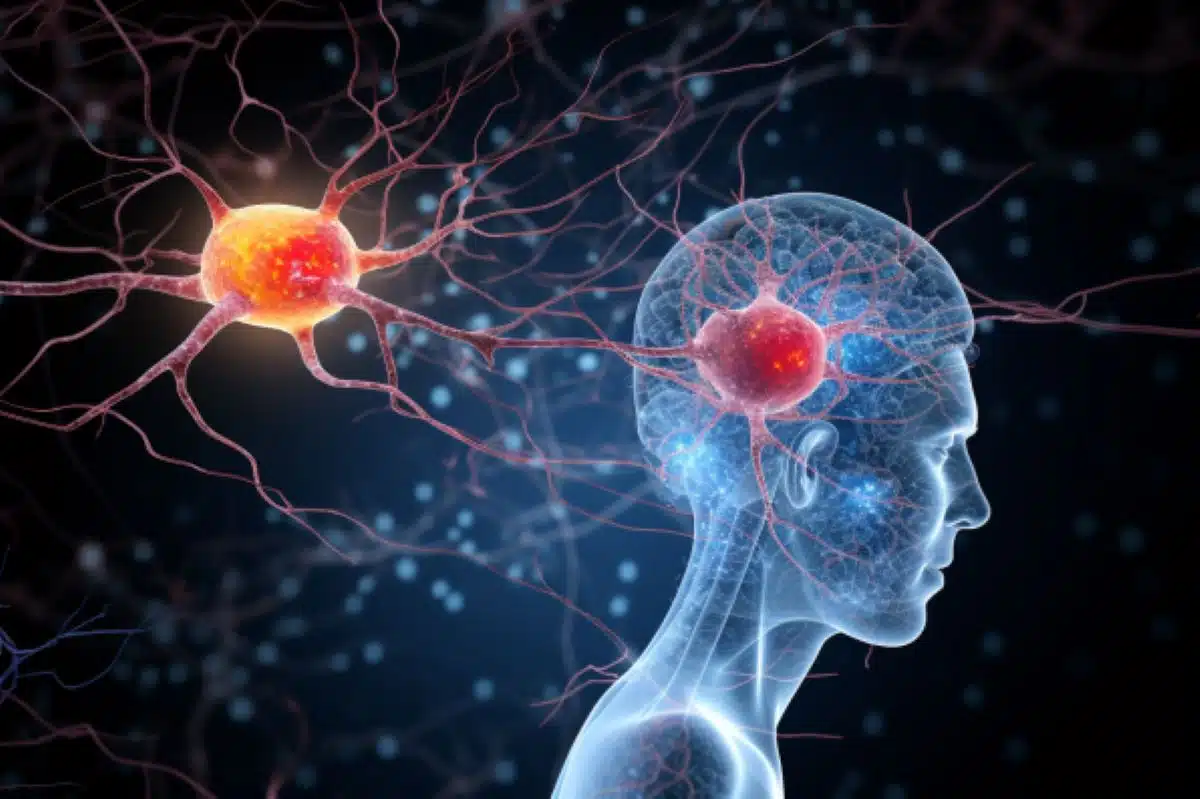By Purdue University –
With age, some cells in the brain enter a state of senescence: rather than dying or regenerating by dividing, they just linger, alive, but functioning less effectively than normal cells. Senescence in the brain has been linked to cognitive decline, and senescent cells are targets for antiaging therapies, but researchers know little about how such cells appear and function in living organisms. Now, in a finding which may help to address aging-related disease, an interdisciplinary team — which at Purdue University was led by researcher Gaurav Chopra — discovered that diminishing energy production in aging neurons triggers senescence in nearby glial cells, which ordinarily support and protect neurons.
The changes to the glial cells, in turn, cause an increase in fat accumulation in neighboring, healthy glial cells, a state which is increasingly tied to age-related diseases.




